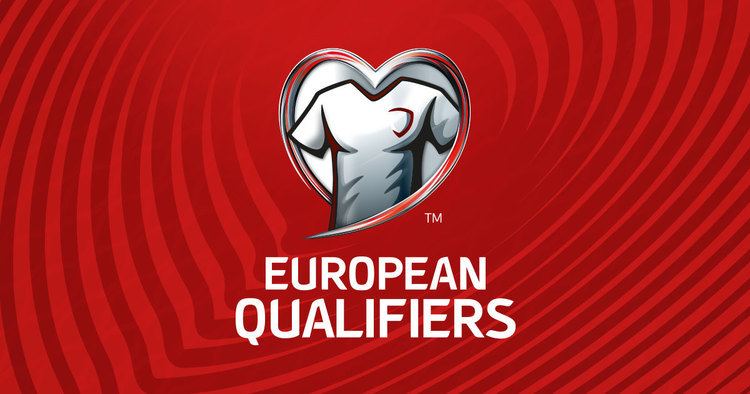 | ||
Profiles | ||
This page is a summary of the UEFA European Championship qualifying, the process that UEFA-affiliated national association football teams go through in order to qualify for the UEFA European Championship.
Contents
Since 1960, European Championship final tournaments have been contested in the summer of every fourth year. The qualifying procedure for each final tournament has usually included qualifying matches held during the two years preceding that year (for example, the Euro 2016 qualifying spanned from September 2014 to November 2015). In this article, the years correspond to the final tournaments of the European Championship, and not to the actual dates when the qualification matches were played.
Format evolution
The 1960 and 1964 qualifications consisted of a knock-out tournament only. The four quarter-final-winning teams would qualify for the final stages, and one of them would be chosen to be the host of the tournament.
The 1968, 1972, and 1976 qualifying tournaments included a group stage of eight groups. The eight group winners would advance to a quarter-final stage, which was still part of the qualifying. The four quarter-final winners would progress to the finals. Again, the host nation would be chosen among the four finalists.
From 1980 onwards, the hosting rights would be assigned in advance to one or two countries, and the host teams would be guaranteed an automatic spot in the finals and would not have to go through qualification. Also, the format was expanded to feature 8 teams. The 1980, 1984, 1988, and 1992 qualifications included seven qualifying groups, and the seven group winners would progress to the finals joining the host team.
From 1996, the 16-team format was employed. The 1996 qualifying consisted of eight groups; the eight group winners and the six best runners-up would qualify directly, while the two worst runners-up would meet in a play-off to determine the last team to earn a spot in the finals, joining the host country.
In 2000, the winners of the nine qualifying groups would qualify for the finals, and so would the best runner-up. The remaining eight runners-up would enter a play-off round, where they would be paired off against each other; the winners of each pairing would qualify too. For the first time, there were two host countries; they both received automatic berths in the finals.
In 2004, along with the host team, the ten qualifying group winners would qualify, as would the winners of each of the five play-off ties which would be contested by the ten runners-up.
In 2008, the top two teams from each of the seven qualifying groups would join the two host teams to bring the number of finalists to 16.
The 2012 qualification used a format similar to that of 2000: spots would be given to nine group winners and the best runner-up, and the remaining eight runners-up would enter play-offs to determine the remaining four finalists, with automatic berths being guaranteed to the two host countries.
From 2016, the finals format was expanded again, now featuring 24 teams. The 2016 qualifying included nine groups; the winners, the runners-up, and the best third-placed team would qualify, while the remaining eight third-placed teams would form four play-off pairings to determine the last four finalists. The host nation qualified automatically.
For the 2020 finals, to be hosted by multiple cities across Europe, there will be no automatic qualifying berths, and the 2020 qualification will be linked with the inaugural 2018–19 edition of the newly created UEFA Nations League. There will be ten qualifying groups for Euro 2020, and the winners and runners-up will qualify; then, the four winners (or the four best-placed teams not yet qualified for the Euro finals) of each of the four divisions of the Nations League will compete in the play-offs for that division, and the winners of the play-offs for each division will be allocated the remaining four remaining places at Euro 2020.
Participating teams
All national teams that are members of UEFA are eligible to enter the qualification for the European Championship. A total of 55 distinct entities have made attempts to qualify for the European Championship. Of those, 54 are still active in the competition. Due to political changes, a few of the entities have appeared under multiple incarnations (see the footnotes to the below table), and the East Germany team is now defunct.
Saarland, a former UEFA member, merged into West Germany in 1957 and therefore did not enter the qualifiers of any European Championships.
Kosovo, which joined UEFA in 2016, is yet to make its debut.
Successor teams inheriting the records of former teams (as considered by UEFA and FIFA):
Teams competing as parts of other teams:
Overview
Key
Team records
Up to and including the Euro 2016 qualification.
Notes on the below table:
Footnotes
